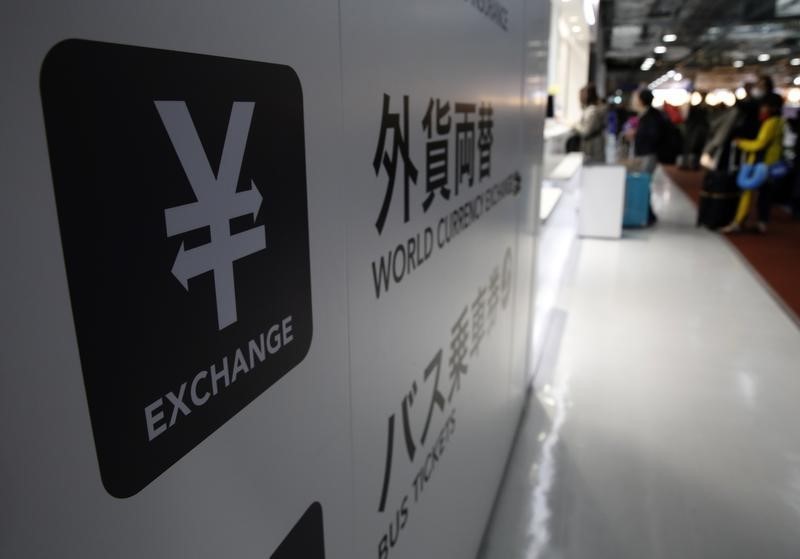(Bloomberg) -- Federal Reserve policy makers will likely look through September’s weakening in the U.S. labor-market recovery and take their first step to removing pandemic stimulus at their meeting next month.
“This does not change the Fed’s taper timeline,” said Rubeela Farooqi, chief U.S. economist with High Frequency Economics. “For the Fed taper, the standards on both inflation and the labor market have likely been met. However, that says little about policy tightening, which has a much more stringent test and is some time off.”
The Federal Open Market Committee left interest rates near zero at its September meeting and said that starting to scale back the central bank’s $120 billion in monthly asset purchases “may soon be warranted” if the economy continued to progress. Chair Jerome Powell told reporters the process could start as soon as the Fed’s Nov. 2-3 meeting and the FOMC’s “substantial further progress” taper test for employment “is all but met.”
Nonfarm payrolls increased 194,000 last month, the smallest advance this year and well below expectations, after an upwardly revised 366,000 gain in August, a Labor Department report showed Friday. The unemployment rate fell to 4.8%, partly reflecting a decline in the size of the labor force. Meantime, average hourly earnings jumped.
What Bloomberg Economics Says...
“Today’s jobs report for September -- the only one the Federal Open Market Committee will have heading into November’s meeting -- does not inspire confidence about the labor-market recovery. Still, we expect the Fed will look through this disappointment, attributing it to temporary weakness due to Covid, and forge ahead with a taper announcement in November.”
-- Anna Wong, Andrew Husby and Eliza Winger (economists)
--Click here to read more
The Fed may view the report as more positive overall than the headline payrolls number, boosted by revisions to the prior month and seasonal adjustment issues for education workers that may have been a drag, said Roberto Perli, a partner at Cornerstone Macro LLC. He also saw the taper starting in November.
In addition, wage gains and a drop in the unemployment rate might be seen as a sign that there was less slack in the labor market.
“The Fed hawks will highlight the pretty fast wage growth as a sign the labor market continues to tighten,” said Thomas Costerg, senior U.S. economist at Pictet Wealth Management. “The Fed has worked so hard to build a consensus on this November taper that really at this stage it will be hard to stop the train.”
The FOMC next meets Nov. 2-3, but the October employment report won’t be available by then. If the Fed did unexpectedly delay the taper, the last meeting of the year is Dec. 14-15.
The Fed views the report as “cautionary, not cataclysmic,” said Diane Swonk, chief economist at Grant Thornton LLP. “The Fed still tapers, given the revisions to August. It would have taken more than a miss to stop the Fed from tapering.”
©2021 Bloomberg L.P.
